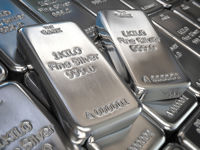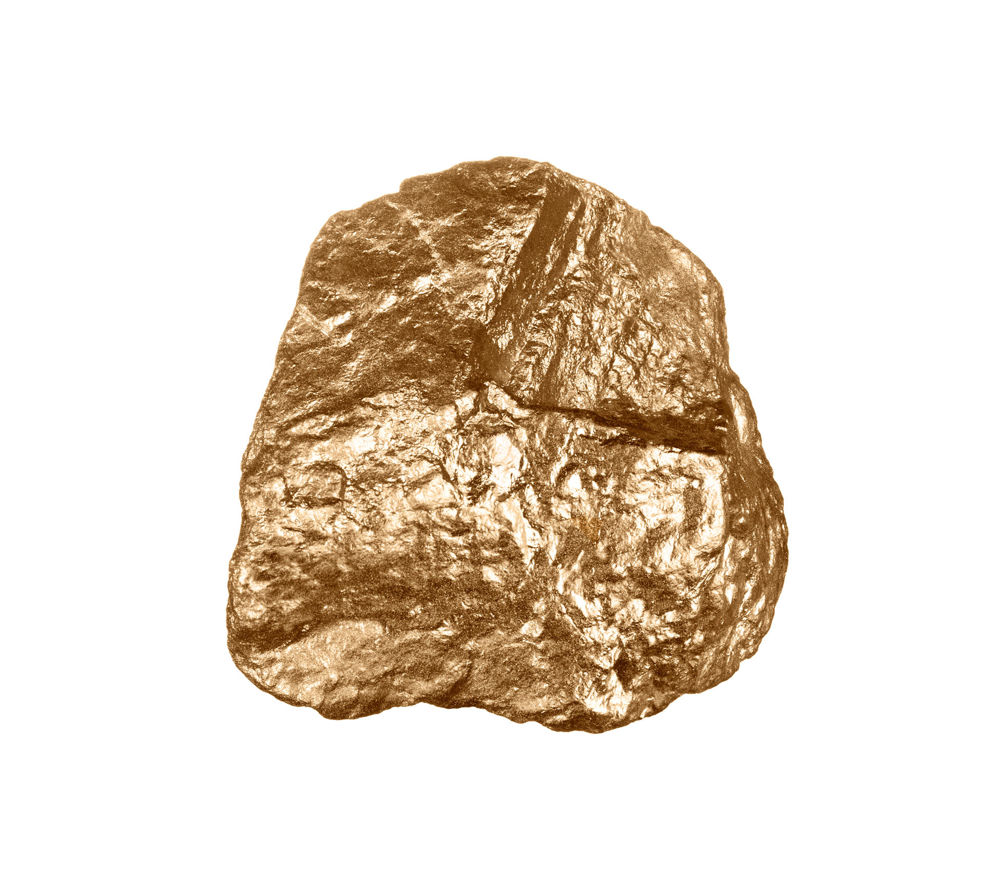Posted on July 18, 2021


Precious metals are produced by both private mints and government mints. It’s important to understand the different types of mints and products before making a decision. Let’s take a look at private mints and what they offer to investors.
 While government mints can and do produce all kinds of precious metal products, they are primarily responsible for producing physical coins used as money in a nation’s economy. In many cases, these mints are controlled by and answerable to the state for which they produce coins. In other words, mints that make money, coins with a face value, are government mints.
While government mints can and do produce all kinds of precious metal products, they are primarily responsible for producing physical coins used as money in a nation’s economy. In many cases, these mints are controlled by and answerable to the state for which they produce coins. In other words, mints that make money, coins with a face value, are government mints.
Private mints, or refineries, are an entirely different operation. They run as businesses, owned and controlled by individuals or shareholders. These mints cannot make money used as legal tender (because that’s what government mints are for). Instead, they dedicate their efforts to producing fine bullion bars and coins for investors worldwide.
Typically, private mints produce both bars and bullion coins (called “rounds” to distinguish them from authorized nation-backed money) in precious metals like gold, silver, and platinum. But that’s not all! Other private mint products include wafers (thin bars) and “grain” or precious metal granules like the 0.9999 fine gold grain from the European Mint, most often used to produce jewelry. Some private mints engage world-class designers and sculptors to mint stunning works of art in precious metals for collectors. Others focus their efforts on simpler products.
While government mints offer products that are, in most cases, backed by the full faith and credit of a nation, there are many private mints with excellent reputations worldwide.
People buy from private mints due to the greater variety of products on offer as well as the high quality available from select mints. Valcambi, for example, is a private mint that manufactures all of the gold bullion bars used by the Credit Suisse bank in Switzerland. The Valcambi Mint is on the Good Delivery List issued by the relevant London-based trade group, the de facto authority on the international gold market that sets many of the standards followed by bullion buyers and sellers worldwide.
A place on the Good Delivery List is an internationally recognized seal of quality and approval. Investors often look to these private mints for quality bullion when making an investment.
Here are some examples of our top private mint products:
The 1 oz gold bar from PAMP (Produits Artistiques Métaux Précieux) SA, a precious metals refinery based in Ticino, Switzerland. PAMP gold bars are typically of 99.99% purity and excellent quality. They were the first to introduce decorative designs on gold ingots in a delightful hybrid of bullion bars and coins. Today, PAMP accounts for 50% of the world’s trade of small gold bars.
Credit Suisse, a famous Swiss bank, has been offering gold bars of 99.99% purity for over 150 years – all of which are produced by Valcambi. As such, all of their precious metals comply with Good Delivery guidelines. For example, the 1 oz Credit Suisse gold bar bears assay packaging with the Credit Suisse name and Valcambi mentioned as the manufacturer.
The Baird & Co. Refinery in London offers various gold and silver bars, such as the 250-gram gold bar of 99.99% purity. These bars display the weight, gold content, and unique serial number on the obverse side, along with the refinery’s name inscribed in elegant lettering.
The Englehard refinery founded in New Jersey mints many bars and rounds, such as the 1 oz silver The American Prospector round with a mintage of over 75,000. This beautiful coin depicts a 19th-century prospector hard at work searching for precious metals on the coin’s obverse side, with the Englehard logo and the silver content (0.999 fine silver) on the reverse.
Other internationally-respected private mints include Argor-Heraeus, Asahi Refinery, and Johnson Matthey.
 Bullion coins offered by sovereign or government mints tend to have a face value in the national currency and be legally backed by the government. Technically speaking, bullion coins are valid as legal tender (but only a fool would try to pay for coffee and a bagel with a 1/4 oz gold eagle’s $10 face value). These coins most often trade at a higher premium over the spot price of the precious metal used to make them than an equivalent bar or round. A 1 oz gold coin will often be more expensive than a 1 oz gold round from a private mint.
Bullion coins offered by sovereign or government mints tend to have a face value in the national currency and be legally backed by the government. Technically speaking, bullion coins are valid as legal tender (but only a fool would try to pay for coffee and a bagel with a 1/4 oz gold eagle’s $10 face value). These coins most often trade at a higher premium over the spot price of the precious metal used to make them than an equivalent bar or round. A 1 oz gold coin will often be more expensive than a 1 oz gold round from a private mint.
However, government bullion coins are often easier to authenticate and sell and enjoy a more liquid market than seen for many rounds. Coins also have features like mint marks and the year of minting, which make them more collectible. Higher-quality proof coins may have an even higher value.
In comparison, rounds from private mints are more likely to trade close to the spot price of their component metals. Typically, rounds are less likely to appreciate in aftermarket value based on collector demand or rarity. Of course, there are exceptions to this rule. But generally speaking, rounds from private mints are an investment in the metal itself rather than the round’s possible increase in value from collector demand.
|
Sovereign Coins |
Rounds |
|
Usually valid as legal tender |
Never valid as legal tender |
|
|
No face value |
|
Higher premium over precious metal spot price (more expensive) |
Lower premium over precious metal spot price (more affordable) |
|
Highly liquid market with many buyers |
Less liquid market with fewer buyers |
|
May fluctuate in value based on collector demand |
Less likely to fluctuate in value |
|
Easy to authenticate, difficult to counterfeit |
More difficult to authenticate, easier to counterfeit |
|
May require professional grading to assess the market value |
Unlikely to require grading |
Now that you’re familiar with the differences between private and government mints and their products, all that remains is to find the right mint for your needs.
There are several ways to ensure you’re dealing with a reputable mint. First of all, a place on the Good Delivery list is always a good sign, indicating high-quality manufacturing standards that will appeal to a broader range of buyers.
Large precious metals distributors have diligent quality control checks throughout their supply chain, and the mints they buy from will typically be of good quality. Another good sign that a mint is reputable is its age – mints that have been operational for a long time tend to have an established reputation and have built more trust than newer mints.